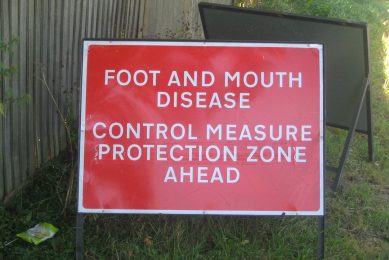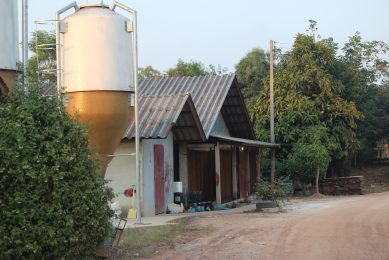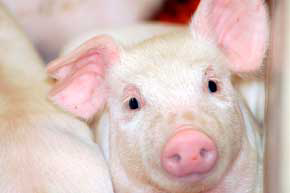Academic discussion – how infectious is FMD virus in cattle?
Scientists have engaged in an academic discussion on the degree of infectivity of Foot-and-Mouth Disease (FMD) in cattle – findings which question the aggressive stamping out approach usually applied to deal with an FMD outbreak in non-vaccination zones. The discussion may indirectly affect pig populations as well.
Just over a week ago, an article was published in the scientific journal Science stating that the infectious period in FMD is shorter (mean 1.7 days) than currently realised, and cows are not infectious until, on average, 0.5 days after clinical signs appear.
With this so-called ‘window of opportunity’ between the point when a cow becomes infected with the FMD virus and the time when she is able to transmit the virus to another animal. The scientists said that this discovery, combined with the realisation that cattle are only infectious for about a two-day period, means it should be possible to identify infected animals and eliminate them from a herd before they can pass on the infection.
Peak of infectivity
In a reply, posted by scientist Dr Paul Sutmoller to Pro-Med Mail, it was however discussed that the peak of infectivity is just prior to or during the development of lesions. He said infectivity is much reduced three to four days after the lesions develop. Some virus strains are host adapted.
He said: “Charleston et al, in their FMD transmission experiments, exposed eight source cattle to tongue inoculated donor cattle. Of the eight source cattle exposed, the development of clinical signs, virus isolation results from blood, oesophageal and nasal fluids were all fully compatible with those reported in the literature.
“Seven of the eight infected source cattle transmitted FMD to naive cattle during eight hours contact every other day. Five of the source cattle transmitted FMD during one contact period only, but transmission could have occurred during a three day period, because on the day before or the after, there were no contacts. One source animal transmitted FMD during days four and six post-exposure, but transmission could have lasted for five days. In three cases, the transmission period could have even lasted longer, because of the termination of the experiments.
“Thus, all observations of Charleston et al. nicely fit the general knowledge of FMD as reported in our review.”
Original study
The original study was conducted by researchers at the Pirbright Laboratory in Woking, Surrey, part of the UK Institute for Animal Health. Bryan Charleston and others examined a smaller, localised outbreak of foot and mouth in 2007 on a nearby farm to study how the virus is transmitted.
If tests for detecting the virus can be made that are cheap enough and fast enough to be used by farmers in the field, epidemics could be controlled without having to cull huge numbers of uninfected cattle, as happens now.
In the British newspaper The Independent, professor Mark Woolhouse of Ediburgh University was quoted to say: “We now know that there is a window where, if affected cattle are detected and removed from the herd promptly, there may be no need for pre-emptive culling in the immediate area of an infected farm. We have an opportunity now to develop new tests which can detect infected animals earlier and reduce the spread of the disease.”
Infectivity in pigs
So far, the discussion has not touched on the question as to whether this may mean anything new for knowledge on FMD infectivity in pigs.
Dr Charleston told Pig Progress: “The short answer is that these are quite different species and it would not be sensible to draw conclusions about pigs from our cattle studies. It may be useful to carry out retrospective analysis of the literature, in light of our observations, to see whether incubation and latent period are correlated. Clearly, further studies have to be performed, the pig to cow transmission model is reliable and a similar study design to the ones we carried out in cattle would be fruitful.”
Related website:
• Science











